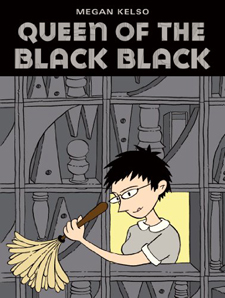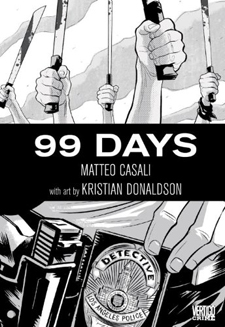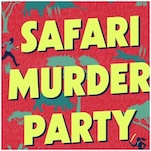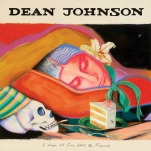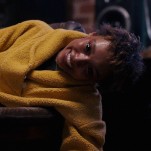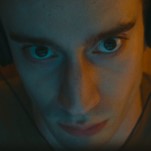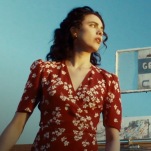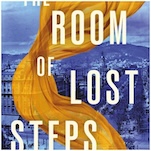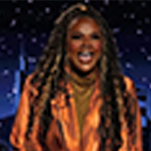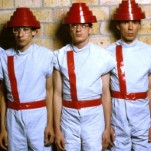Comic Book & Graphic Novel Round-Up (7/6/11)

Each week, Paste reviews the most intriguing comic books, graphic novels, graphic memoirs and other illustrated books.
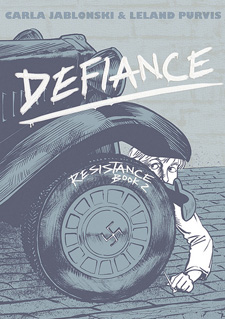
Defiance by Carla Jablonski and Leland Purvis
First Second, 2011
Rating: 6.8
The middle volume of a planned trilogy about kids in the French Resistance during World War II, Defiance can be read on its own, but probably shouldn’t be. You’d do far better to pick up Resistance Book One first, which introduces the characters and lays out their situation. Otherwise, you’ll probably figure things out but you may miss some details. Jablonski’s writing is stronger than Purvis’s art, which features some ugly faces and characters who can appear plopped in front of their backdrops as though on a stage, but the visuals aren’t enough to detract from the story. The French Resistance is eminently sympathetic, but Jablonski is smart enough to provide some good questions at the end of the books, in authors’ notes, pointing out that even when it comes to the Nazis and their collaborators, nothing was black and white when it came to morality. Considering the series is aimed at kids, it’s an especially laudable move, the kind a skilled teacher makes to shape a nuanced perspective for life. (HB)
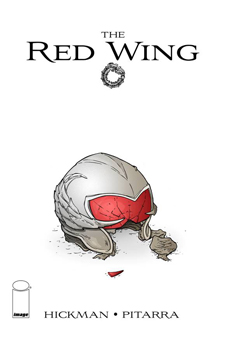
The Red Wing by Jonathan Hickman and Nick Pitarra
Image Comics, 2011
Rating: 7.6
Writer Jonathan Hickman tends to receive a lot of comparison to uber-legend Alan Moore, and it isn’t difficult to see why. Both scribes paint obsessively detailed, torturously researched bibles of their story arcs before diving in. By the time the first issue reaches stands, one gets the feeling that every character has been dissected down to their childhood crush and toilet paper brand. If this is the case, then Hickman must have spent quite a few late nights on The Red Wing, his new sci-fi time travel saga. H.G. Wells looms large as the muse in this series, which features an invasion from alien mollusks (ala The War of the Worlds) and humans piloting chronological jumps (The Time Machine) to fight back. The homage never feels particularly cheap, though; this plot mashup and its faux physics lend to some sweeping panels courtesy Nick Pitarra (who can definitely thank Frank Quitely as his muse). Knowing Hickman’s love of intricacy and time travel (see Pax Romana), this series is going to be rife with twisting, brain-bruising developments that need an Excel sheet to be holistically understood. As for its first chapter, this introduction paints a cool, well-designed snap shot of an alternate history that could fuel a whole lot more than the four issues this miniseries is slated for. (SE)
-

-

-

-

-

-

-

-

-

-

-

-

-

-

-

-

-

-

-

-

-

-

-

-

-

-

-

-

-

-

-

-

-

-

-

-

-

-

-

-

